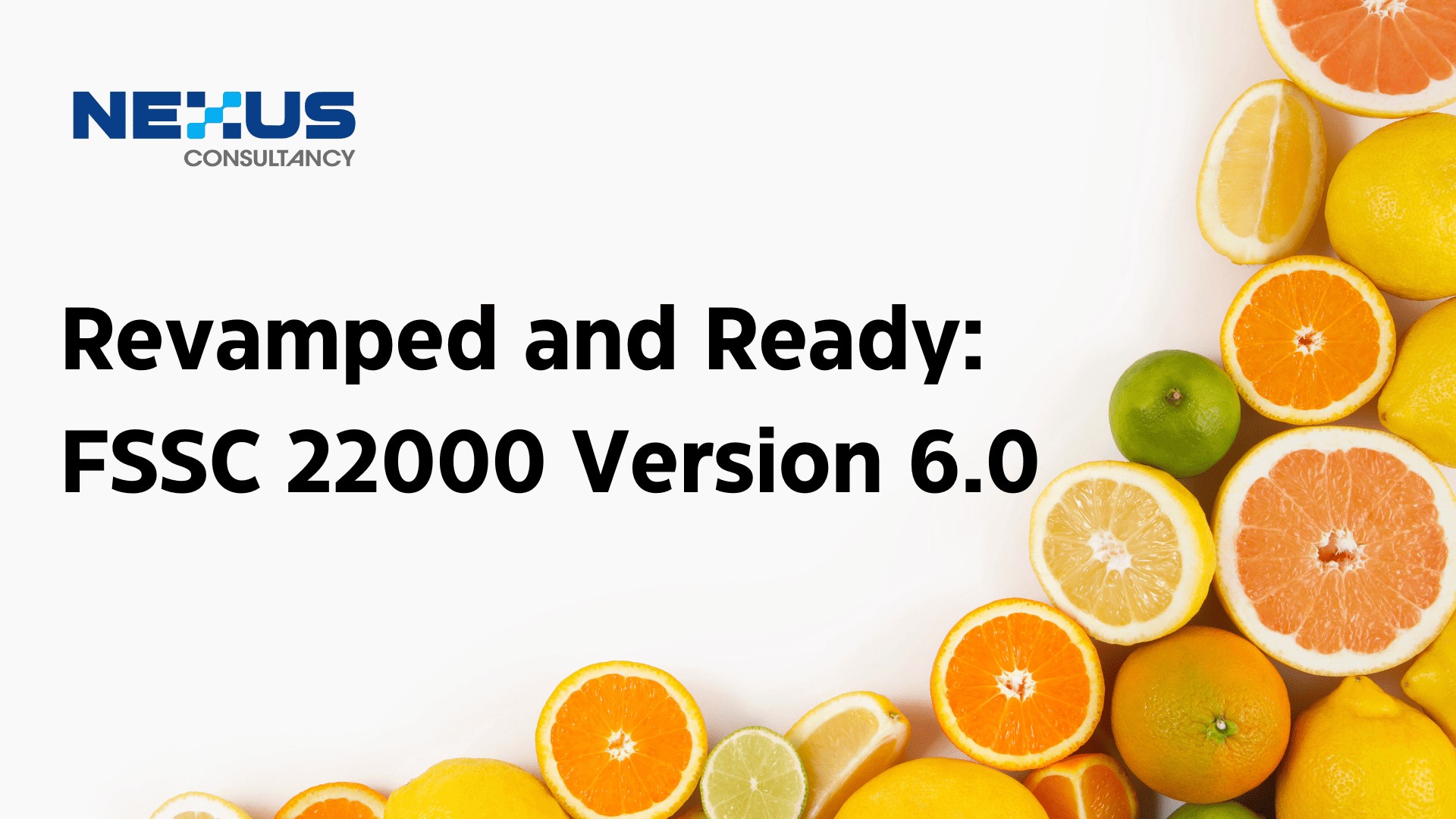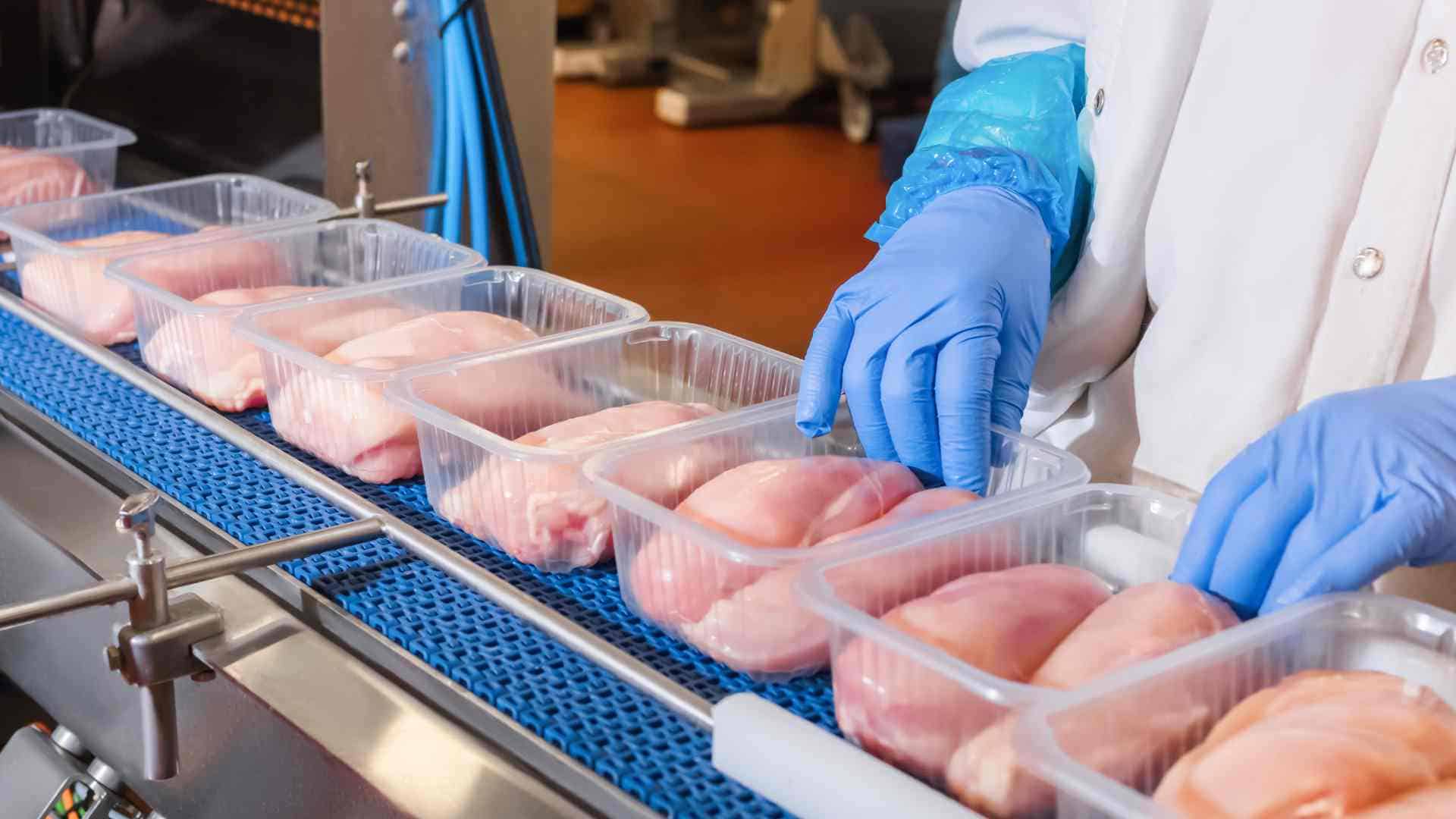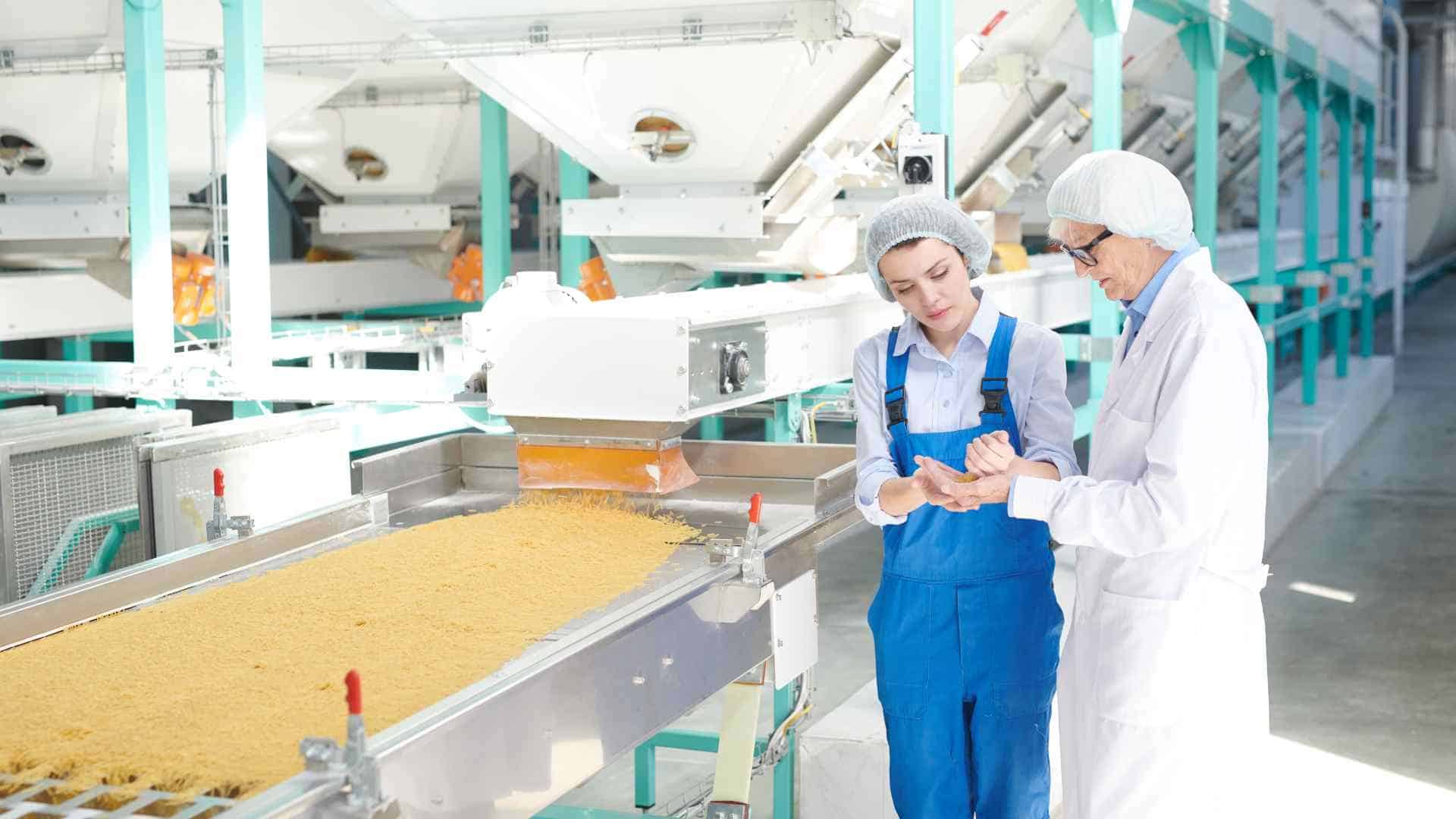
Danielle Tan
Chief Operating Officer
The ISO 14064-1 standard provides guidelines for organizations to quantify, monitor, and report greenhouse gas emissions and removals. This aims to explain the purpose and scope of ISO 14064-1, helping readers understand its importance in greenhouse gas reporting and environmental management.

FSSC 22000 version 6.0 has been published; here’s what you need to know.
FSSC 22000 is a globally recognized food safety management system certification scheme that provides a framework for managing food safety risks and improving food safety management in the food industry. The scheme is designed to help organizations meet the increasingly stringent food safety requirements and regulations, and to assure their customers that the food they produce is safe and of high quality.
The latest version, FSSC 22000, version 6.0, was published in the beginning of April 2023. There will be a 12-month transition period between 1st April 2023 and 31st March 2024. After 31st March 2024, no audits will be conducted against FSSC 22000 version 5.1. The new version of the certification will bring significant changes which will impact food production companies.
The main reasons for the updated version of the FSSC 22000 scheme are:
- Integrating the requirements of ISO 22003-1:2022.
- Strengthening the requirements to support organizations in their contributions to meeting the UN Sustainable Development Goals (SDGs), and
- Incorporating feedback as a result of the Version 6 development survey, which received nearly 2000 responses.
Overview of the main changes in Version 6.0 of the FSSC 22000 scheme:

#1. Realignment of the Food Chain Categories in accordance with ISO 22003-1:2022
FSSC 22000 V6 introduces changes to food chain categories:
- Primary production (category A) of animal and plant products has been removed and replaced by category BIII “Activities on harvested plants”.
- category C0 “Transformation of carcasses for further processing…” have been included.
- The categories DIIa and DIIb pet food were removed and pet food has been included in food categories CI through CIV.
- The transport and storage category has been merged into one category G.
- The FII brokerage activities category has been newly added.
#2. Expanded Scope
The scope has been expanded to include Trading and Brokering (FII) and reduced by removing Farming and FSSC 22000-Quality from the scheme.

#3. Integration of the Requirements on Food Safety and Quality Culture
This particular section is a new addition. Previously, FSSC’s stance was that the subject of food safety culture was already covered adequately in ISO 22000, provided it was implemented correctly. However, the new version now places greater emphasis on this topic by introducing an entirely new chapter dedicated to additional requirements.
This new chapter encompasses a culture of quality, in addition to the well-known aspects outlined in the Codex Alimentarius and Regulation (EU) 2021/382 of 03.03.2021. To promote a positive food safety and quality culture, senior management must establish, implement, and maintain objectives for food safety and quality culture. Aspects to consider in food safety and quality culture include communication, initial and ongoing training, employee engagement and feedback, and performance measurement.
The new requirements explicitly demand the development of a documented plan for food safety and quality culture, complete with specific targets and deadlines for continuous improvement, as well as evaluation in the management review.
#4. Strengthen FSSC 22000 Additional Requirements in Part 2
The additional requirements in FSSC 22000 version 6.0 include more detailed clauses on; validation/ verification of packaging claims, criteria for using recycled materials, more detailed allergen management, environmental monitoring, quality control, purchase and installation of new equipment and handling of food waste.

#5. Changes to and Clarification on Requirements for the Certification Process
This chapter incorporates the updated requirements of ISO 22003-1:2022 and provides some clarifications that address audit planning, minimum audit time for PRPs, audit execution, and reporting. It also describes how audits are conducted in organizations with central functions that are not located at the site being certified or in multi-site organizations. These requirements are primarily aimed at certification bodies and auditors.
For the audited organization it is interesting to know that the two surveillance audits may not take place later than 12 months after the initial or recertification audit. A recertification audit (with issuance of a new certificate) should preferably take place at least three (3) months prior to the expiry date of the certificate, allowing enough time to complete the certification process before the certificate expires.
There are no substantial changes to the regulations on unannounced audits.
The evaluation system with minor, major and critical nonconformity and the procedure regarding the measures to close the nonconformities also remain unchanged.
What is new is that in addition to a list of participants with the audit times to be signed by the organization, an integrity declaration shall also be signed by the senior representative of the organization and the auditor(s). This confirms
- that there is no actual or perceived conflict of interest to ensure the impartiality of the audit.
- that the integrity of the audit has not been compromised, and
- that the audit was conducted in an ethical manner.

#5. Addition of a QR Code on FSSC 22000 Certificates for Improved Traceability
Once an organization is certified, they will be presented with their certificate. The certificate will have a QR code printed on it.
Next Steps
Organizations that are currently certified to FSSC 22000 have a 12-month transition period to prepare for an audit against the V6.0 requirements. During this time, these organizations can review their current FSSC 22000 elements, identify necessary improvements, and implement updates to reduce nonconformances with FSSC 22000 V6.0. This process can be broken down into three phases to ensure that the adoption of the new requirements is widespread throughout the organization:
Phase 1: Internal Assessment
The first step is to conduct an internal assessment of existing FSSC 22000 food programs, processes, and procedures, document management systems, and employee training tools and programs. This assessment will help identify areas that require updates, development, and/or implementation to meet the requirements of V6.0.
Phase 2: FSMS Updates
Based on the assessment, a plan should be developed for updating the FSSC 22000 FSMS, including major activities, key milestones, and expected outcomes. This may involve updating or developing programs, processes, procedures, and training to meet the new V6.0 requirements.
Phase 3: Training
To ensure that staff are ready to implement and sustain the updated FSSC 22000 V6.0 program, they must receive training on applicable requirements, specific plans, procedures, and good manufacturing practices (GMPs) developed to achieve compliance, and the certification roadmap to prepare for future assessments.
To learn more about FSSC 22000 Version 6.0, contact us to know more






